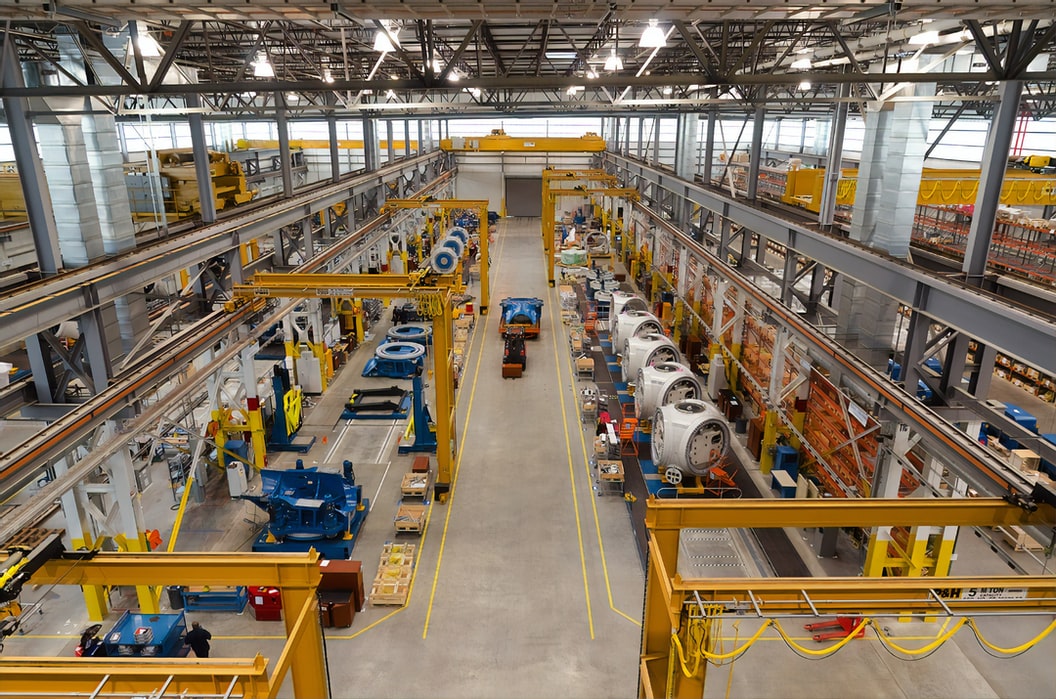We previously released a checklist for you to self-assess where your organisation falls on the Asset Performance Management Maturity Model. Well, once you’ve undertaken an APM review, the next step is to determine how you can improve. So here are some steps you can start taking right away to level up your APM swiftly.
1. Look at Where You’re Going Wrong
An important first step in improving APM is to identify what you’re doing wrong (i.e. identifying barriers to success). For instance, you should consider if you’re still doing reactive maintenance rather than proactive or preventive maintenance. Some telltale signs are poor equipment performance and frequent instances of unplanned downtime.
Another typical barrier to success is a lack of organisation. When a plant is untidy and haphazard, items can’t be located, problems are more difficult to notice, and everything takes a lot longer. In short, efficiency is far more difficult to achieve.
You may be wondering, who should be responsible for noticing and addressing these barriers to success? The answer is that everyone in your organisation plays a role in establishing and maintaining good processes, but it’s also essential to have a core group of people who can focus on these issues.
Which brings us to the next step you can take to level up your APM.
2. Put Together an Asset Performance Management Project Team
Your APM is only as good as the people who maintain and monitor your assets, so it’s crucial to assemble a dedicated team. The team should include key people who oversee production, maintenance, reliability, procurement, and design.
An efficient team will be supported and empowered in the following ways:
- Each member has a complete understanding of their roles and responsibilities.
- A thorough asset improvement plan is in place for them to follow.
- Key performance indicators are established and can be measured.
- Communication channels are open with all employees and are used regularly.
Every employee at your plant should be aware of this team and have regular contact with it to report issues, insights, and observations that the team can then use to advance asset performance.
3. Establish Success Factors
With a team in place, you’ll also need to put together an action plan on how to improve your APM. A good APM strategy is straightforward and simple in its goal: to enhance the company’s profitability (and productivity) by improving its operations at the manufacturing level.
Achieving this goal centres on metrics we’ve previously discussed here, and three key success factors:
1. Loss elimination
It’s best to start by measuring the big stuff, such as major production losses and assets that have high maintenance costs. Once you have identified these, you can start creating a strategy to reduce or eliminate the losses by doing a root cause analysis and generating solutions. Don’t forget to track the rollout of your solutions and their impact.
2. Risk management
Effective risk management is a wide umbrella that includes several different things. Overall, your strategy should focus on health, safety, environment, quality, production, and reputation.
3. Life cycle asset management
Over 90% of the total life cycle cost of an asset is determined before it is ever used. This predictability means that efficiency can be planned for at the design and installation stages of new assets and in modifying existing assets.
4. Collect Key Data (and Use It)
Data is the cornerstone of all good APM. After all, you need a way to measure your outcomes against your established success factors.
Operator log sheets, work order history and live equipment condition monitoring allows you to collect data on daily production numbers, downtimes, failures, defective products, and more. Once you add layers of machine learning and artificial intelligence (as seen in MachineCloud) you can identify any issues that indicate potential failure before they happen. As we know, preventing unplanned downtime is low-hanging fruit when it comes to saving your organisation money, and levelling up your APM strategy.
Moving Forward With Your New Asset Performance Management Strategy
Improving your APM is not something you do just once. It’s an ongoing process that yields greater and greater rewards the higher you progress on the maturity model. With these four ways to improve this month, the best time to get started is now!
